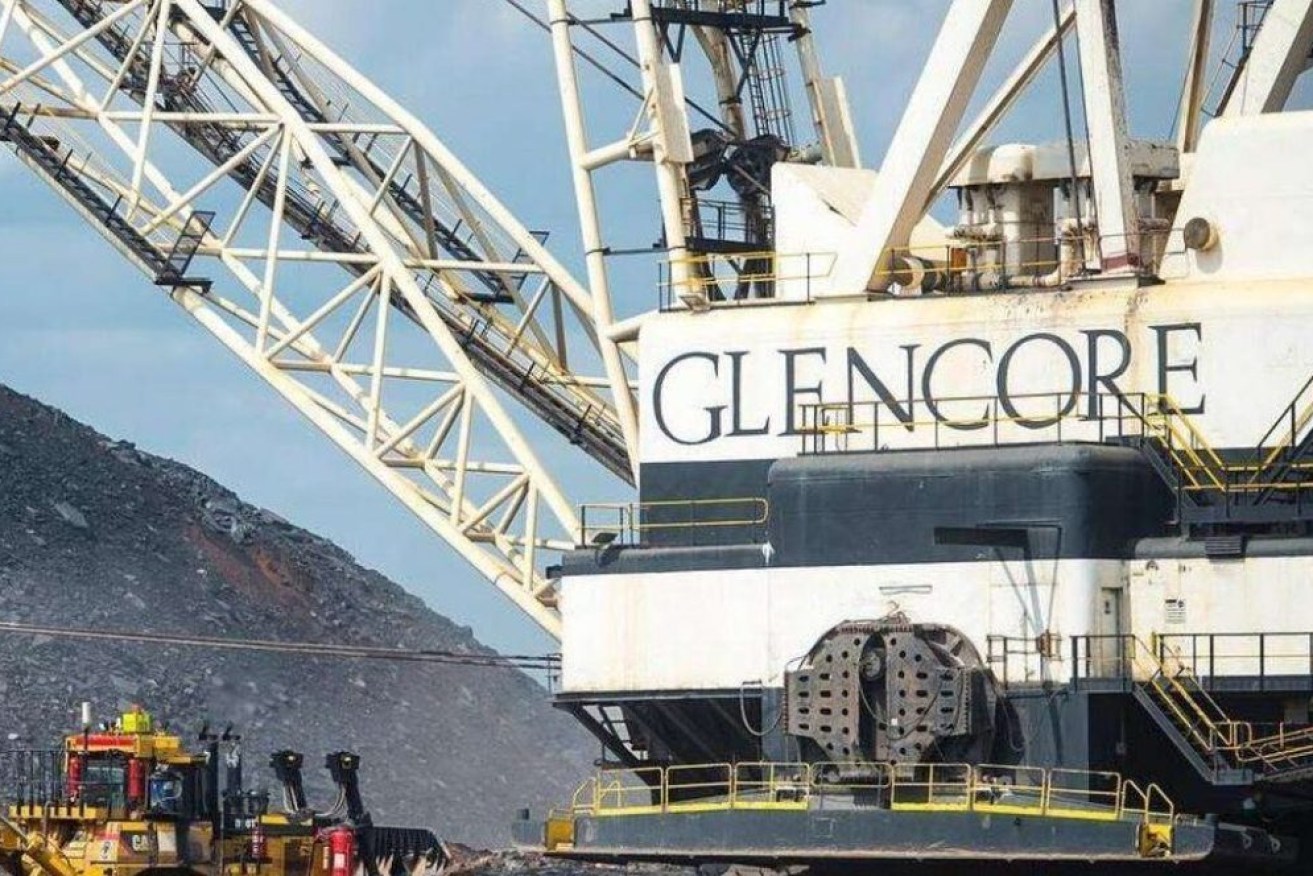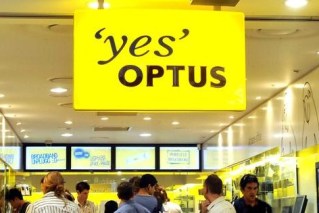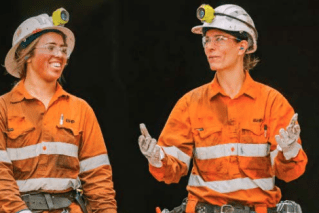Queensland mine releases a year’s worth of toxic gas in just two weeks
Harmful plumes of methane have escaped from an open cut coal mine in Queensland’s Bowen Basin, according to satellite images.

Glencore has finally landed Teck Resources in a huge strategic move in the coal sector (photo supplied)
Data released by the Australian Conservation Foundation on Tuesday showed Glencore’s Hail Creek open cut coal mine released more methane pollution in 16 days than the company reported over an entire year.
But the biggest single event was located three kilometres from the Wambo coal mining complex in the Newcastle coal field, with a methane emissions rate equivalent to eight million cows, the annual methane plume report said.
A total of 61 methane plumes – billowing clouds of the potent gas – were observed across the nation in 2023, including four plumes over Hail Creek that suggested an “extended super-emitting event” in June.
At least 8640 tonnes of methane would have been emitted by the Glencore mine in this period – more than the coal mine’s officially reported greenhouse gas emissions for the full year, according to the data.
ACF said Glencore would receive up to 150,000 “undeserved” safeguard mechanism credits worth millions of dollars for Hail Creek under the first year of the federal government’s “faulty” emissions reporting regime.
“And these are just the emissions we know about because the satellite happened to catch them,” ACF campaigner Piper Rollins said.
“Methane is a toxic climate-heating gas that’s turbocharging heatwaves, bushfires and coral bleaching events,” she said.
Independent federal MP Zali Steggall is pushing for more accurate measurement and reporting of methane, and a better understanding of its significant impact on global warming.
“This evidence puts Glencore on notice to either step up and accurately measure and report their emissions or risk misleading and deceiving investors,” Ms Steggall said.
“Glencore claims its targets and operations align with the Paris Agreement, but this evidence suggests they are way off.”
A space monitoring instrument known as Tropomi onboard an Earth observation satellite automatically detects large methane emission plumes and releases the data for public review by organisations including the ACF.
According to scientists, slashing methane emissions by almost half by 2030 would support the Paris Agreement’s goal of limiting global warming to 1.5C.
Australia’s Climate Change Authority in December warned the federal government about the under-reporting of methane emissions from coal and gas projects.
AAP will contact Glencore for comment.












